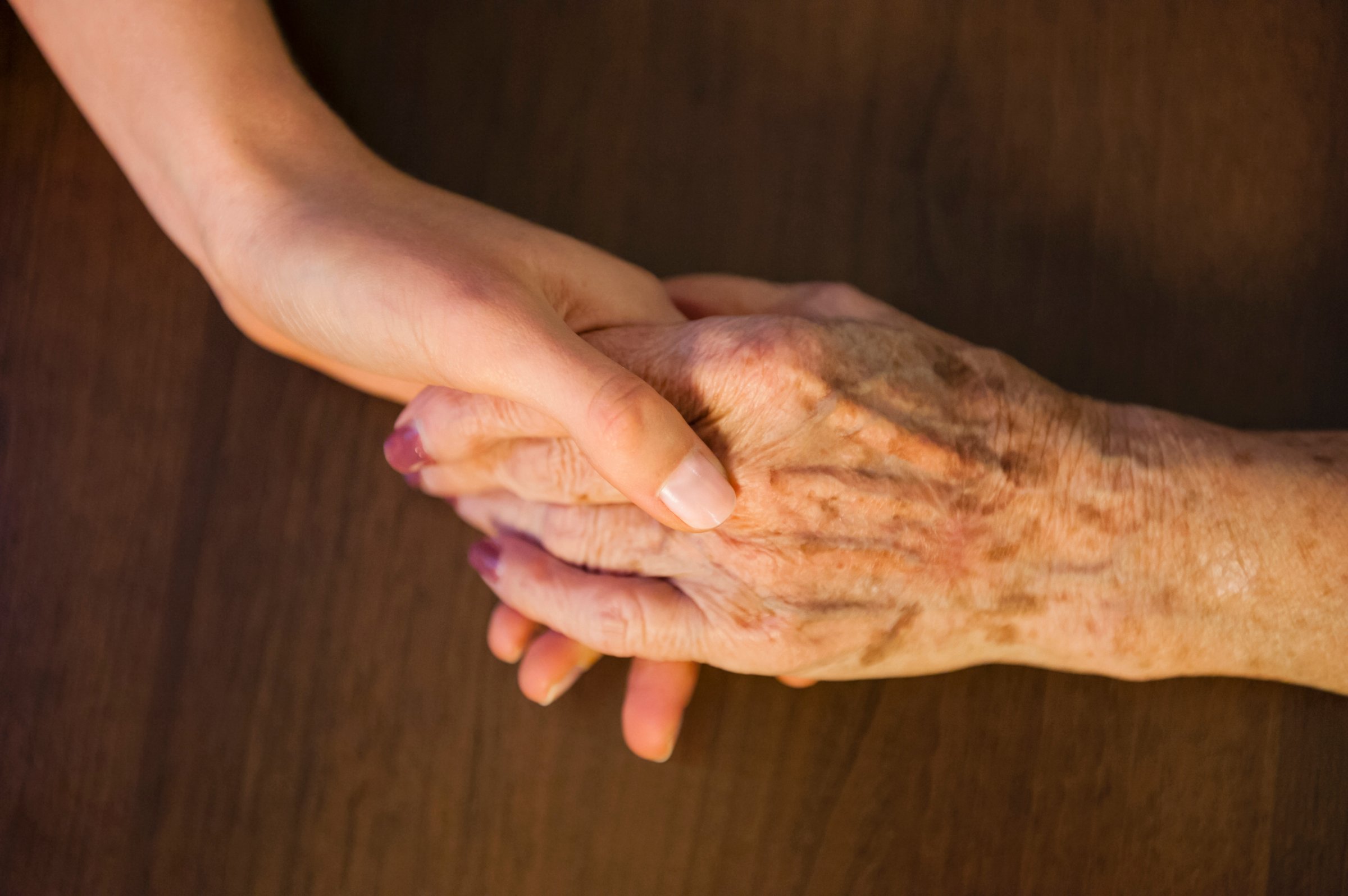
Almost every process in our body changes, however quickly or slowly, as we age. And it’s not just genes that are affected by aging, but the ways we live our lives: the things we’re exposed to, the things we eat and how much we exercise among them.
That’s why pinpointing the genes involved in this complex process is a formidable challenge. So far, researchers searching for aging-related genes have focused on identifying parts of the genome connected to specific aging diseases, including inherited disorders like progeria and chronic conditions such as cancer and heart disease.
Now, in a study published in Nature Communications, a group of scientists have pooled the list of genes that change with age and have come up with the most complete list yet of genes involved in aging. Starting with a group of 12 studies involving 14,983 people of mostly European ancestry ranging in age from their 40s to 70s, they analyzed blood samples and documented which genes changed in activity—by turning on or off—over time. While previous studies compared the genes themselves to find out which genes differed among people who lived longer and those who did not, Andrew Johnson, the study’s senior author from the Division of Intramural Research at the National Heart, Lung and Blood Institute, says they focused on the activity of the genes instead to get a better picture of which genes are changing with age. To measure that, they focused on RNA, the genetic product that our genes produce when they’re active.
MORE: Longevity
“RNA is quite dynamic, since it’s responsive to processes in our tissues and cells,” he says. “If we get sick, say with the influenza virus, or, in this case, if we get old, and we’ve had a more challenging lifestyle or been exposed to things in the environment, our RNAs react and can be found at different levels.”
Indeed, what they found among the nearly 1,500 genes they identified this way as linked to aging were some that have already been known to contribute to the process, as well as new ones that open up novel research opportunities. Among these are genes associated with compounds, called glycosaminoglycans, that are involved in wound healing, healthy joints and nerve development. With age, these agents seem to decline. “There is evidence that maintaining the proper amount and type of glycosaminoglycans could be protective in aging,” says Johnson. “It hasn’t been an area of focus for aging research, but perhaps there are treatment implications there.”
To further confirm the connection between the list of genes and aging, Johnson also looked at other databases of people with non-European ancestry and found similar, encouraging trends. Among Native Americans, for example, 71% of the 1,500 genes were associated with aging, while 74% were linked among Hispanics and 27% among African-Americans.
MORE: The Strange Connection Between Saunas and Longevity
The relatively low percentage among African-Americans suggests that there may be other race or ethnicity-specific genes that have yet to be identified that contribute to chronological age among that group. Johnson acknowledges that the list is far from complete. But it’s potentially the first reference set of genes that aging researchers can now begin to mine to better understand how we age, and perhaps even ultimately intervene to slow the process down.
More Must-Reads From TIME
- The 100 Most Influential People of 2024
- The Revolution of Yulia Navalnaya
- 6 Compliments That Land Every Time
- What's the Deal With the Bitcoin Halving?
- If You're Dating Right Now , You're Brave: Column
- The AI That Could Heal a Divided Internet
- Fallout Is a Brilliant Model for the Future of Video Game Adaptations
- Want Weekly Recs on What to Watch, Read, and More? Sign Up for Worth Your Time
Contact us at letters@time.com